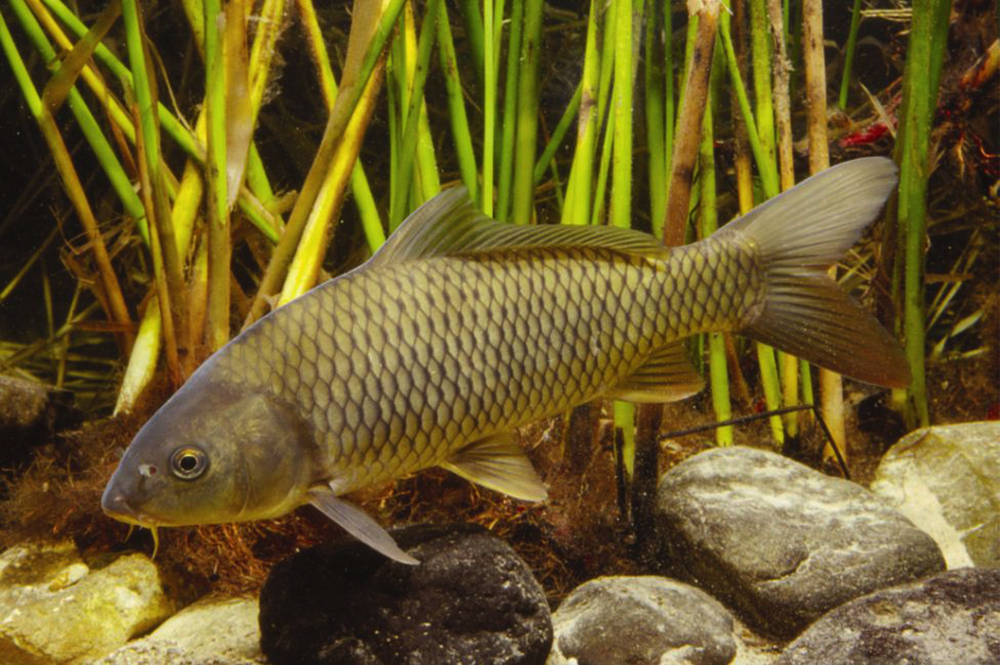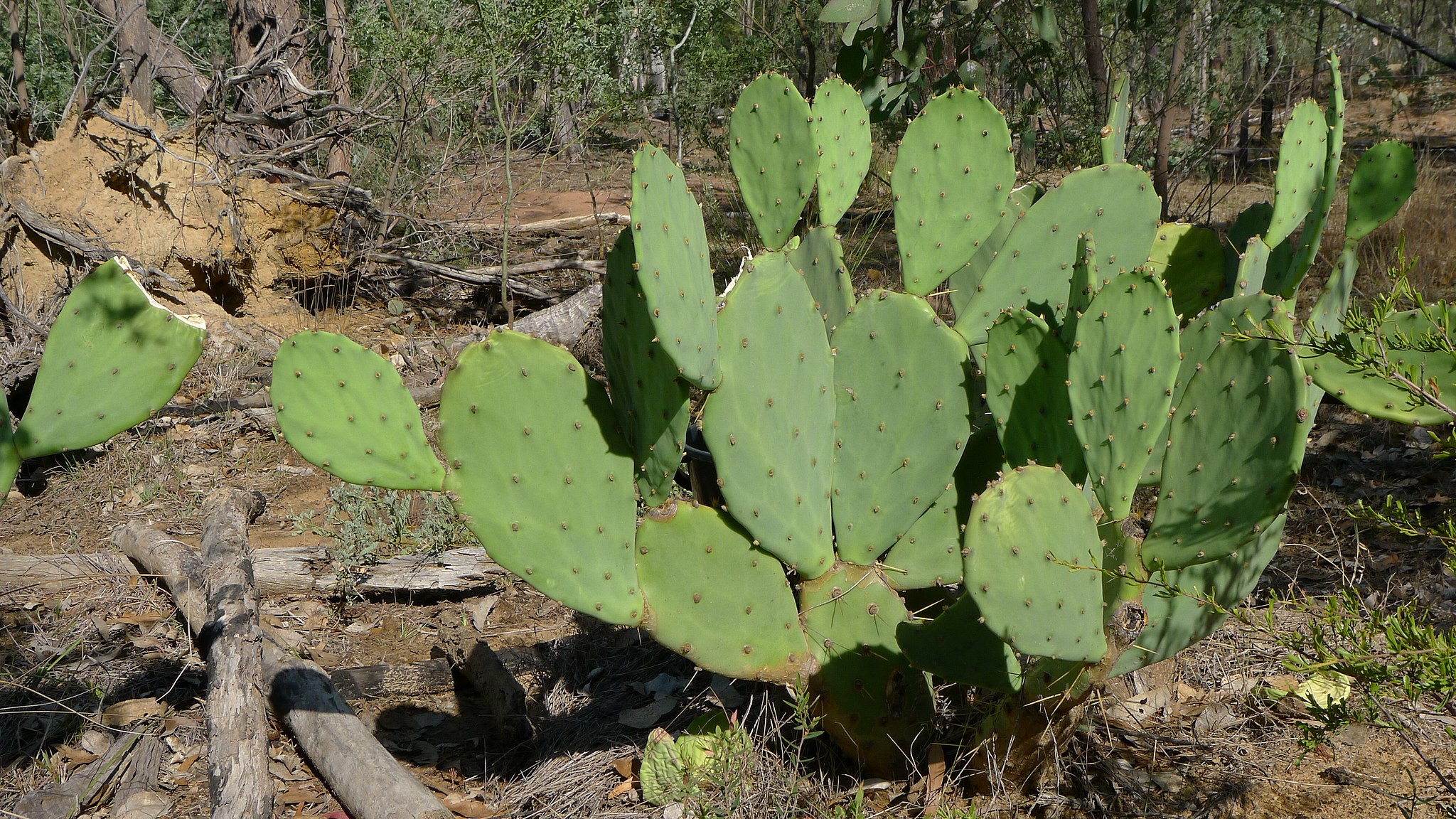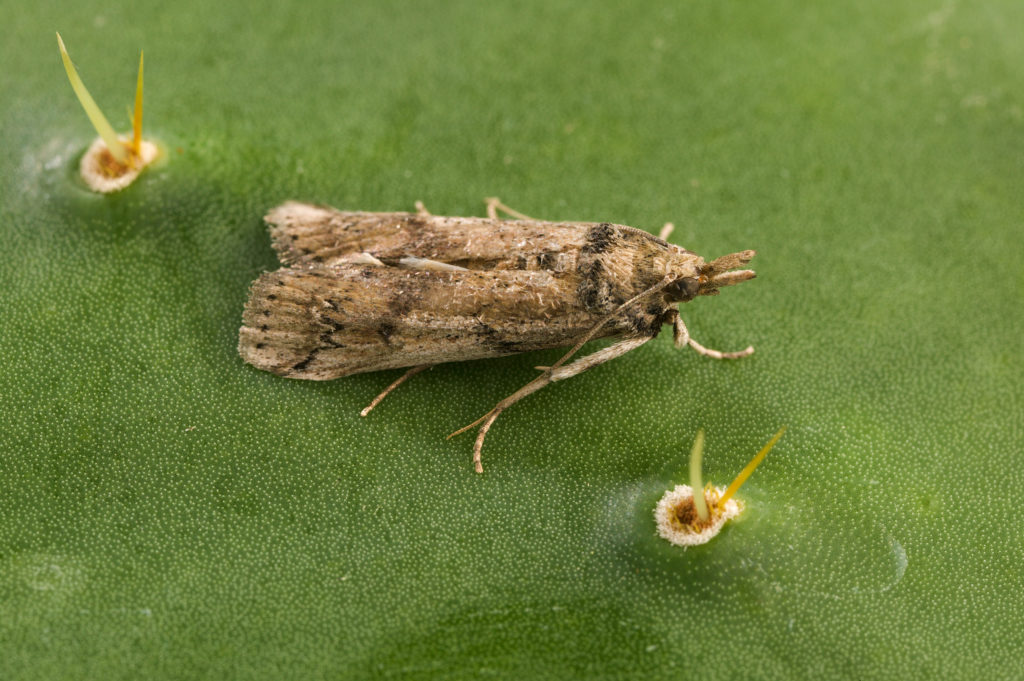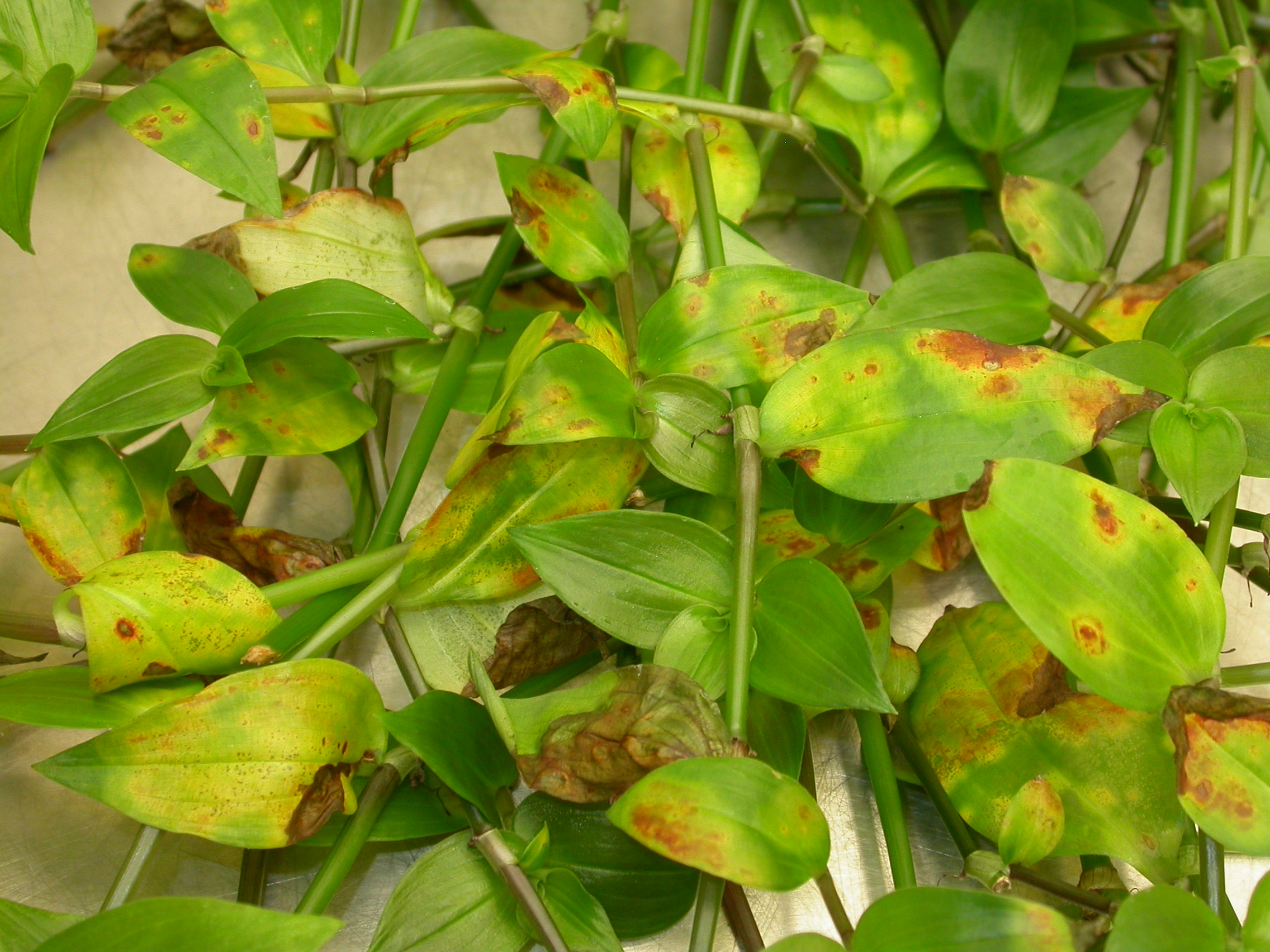Bellyache bush. Bridal creeper. Prickly pear. Some invasive species just sound nasty. But others are trickier to distinguish … some weeds can be beautiful. “Oh, my, isn’t that lovely rosy dock pretty?” No! Step away from the nice flowers! Rosy dock is a weed.
From cane toad to rabbits, weeds and pest species have had a devastating impact on our island home. Our scientists are researching ways to manage pests and weeds with biological controls, aka biocontrol agents. It’s a way of using nature to fight nature.
You may have heard of the European carp … but how much do you know about the other pesty animals in Australia? Put your noxious knowledge to the test!
Results
You pesty expert! You’ve passed our biocontrol test with flying colours. Bravo! But do you know about our most recent biocontrol agent, the leaf smut fungus?
Ah drats! Why not give the quiz another go? You’ll be a biocontrol boffin in no time. And if you’d rather just read some smutty news, read about our latest (rather smutty) biological control.

#1. When were rabbits introduced to Australia?
The answer is 1859. Rabbits were introduced to Australia in 1859 by a wealthy Victorian grazier keen on the sport of hunting. After a fire destroyed the enclosures, rabbits started to spread out across Australia. From there, they bred like … well, the rest is history.

#2. By 1929, rabbits had spread to 70 per cent of Australia’s landmass, the fastest known invasion by a mammal anywhere in the world. By 1950, how many rabbits were there estimated to be in Australia?
The answer is 600 million rabbits. Blimey.

#3. When was the biological control agent, Myxomatosis released across Australia?
The answer is 1950. After Myxomatosis virus was released, there was a dramatic reduction of Australia’s rabbit population. And, within two years, over AUD$68 million was recovered for our wool and meat industries.
Read what happened when CSIRO chairman and two scientists injected themselves with the myxomatosis virus, to calm public fears about human impacts.

#4. What type of organisms can be used as biocontrol agents?
The answer was all of the above. Bacteria, fungi, viruses, or parasitic or predatory organisms, such as insects, can all be suitable as biocontrol agents. (Is it just us, or does this little weevil look like it’s walking up a floral Pride Rock?)

#5. What invasive fish species are also called ‘river rabbits’?
The answer is European carp. Carp were first introduced to Australia for aquaculture purposes but became a major pest in the 1960s, after the accidental release of a German strain, called Boolarra. We’re working to rid our rivers of this aquatic rabbit.

#6. Which statement is true?
This answer may surprise you. Once biocontrol agents of weeds are established, they are self-sustaining and don’t have to be reapplied. Do you know that, for every $1 spent on biocontrol of weeds, there’s a $23 benefit for agricultural industries and our society, based on cost-benefit analyses done in 2006.) Cha-ching!

#7. Which agency released the cane toad in Australia in 1935?
The answer is the Bureau of Sugar Experiment Stations.
Cane toads were deliberately introduced in Queensland in 1935 by the State Government’s Bureau of Sugar Experiment Stations – a group set up to support the industry and part-financed by a levy paid by growers – to help the industry deal with cane beetles attacking sugar cane roots. No tests were carried out beforehand to find out what impact the toad might have on the environment, or even if it would actually eat the beetles. The cane toad was not released as part of a formal scientific research program; in fact, under current testing regulations, the cane toad would never have been considered as a viable biocontrol option for the sugar industry!

#8. What biocontrol agent was used (successfully) to control prickly pear cactus?
The answer is the cactoblastis moth. The eggs of the cactoblastis moth were brought to Australia between 1927 and 1931 to control the prickly pear with spectacular success. After the moths were introduced, the prickly pear was … ahem … cactus.


#9. How much does it cost Australian agriculture to manage the impact of invasive species, per year?
Curse that Patterson’s Curse! It costs us $10 billion/year to manage invasive species in Australian agriculture, including (the pretty but pesky) Patterson’s Curse.

#10. What’s the name of the biocontrol agent we’re releasing to combat wandering trad, a smothering weed from South America?
The answer is leaf smut fungus. Deep inside our quarantine facility in Canberra, our scientists have spent years testing a leaf smut fungus. Why? It could control an invasive weed called wandering trad. Wandering trad smothers our rainforests, clogs waterways and causes irritation to pets. But we’ve come up with a smutty way to control this weed.

#11. Australia has a rigorous process for testing potential biocontrol agents before authorities grant approval for release. How many steps are involved in gaining approval to release a biological control agent?
Annnnd the final answer 10. There are 10 involved in gaining approval, involving two government departments, two specialist committees and two acts of legislation, plus months or years of research to ensure all risks have been considered and appropriate testing has been carried out at every stage of the process. For more information visit this site.





21st May 2019 at 2:34 pm
Are you sure about the rabbit numbers? 60 million seems a bit low.
https://www.csiro.au/en/About/Our-impact/Our-impact-in-action/Health/Rabbit-Biocontrol
suggests 600 million in the image caption
https://www.themonthly.com.au/issue/2010/february/1290491151/shane-maloney/600-million-rabbits-myxomatosis
also agrees with the 600 million number.
21st May 2019 at 2:51 pm
Hi David, thank you for the pick-up. We’ve just changed made that change.
15th April 2019 at 7:09 am
I think I will continue my work in this field. Interesting facts above.
28th March 2019 at 4:16 pm
No.1 There were numerous attempts to introduce rabbits to Australia but it was not until dingo populations had been eradicated with strychnine from large areas of south-east Australia, that they got a stronghold in 1859.
No 2. Worth noting that no-one in Australia went hungry during the war years with the endless supply of rabbit meat at hand (Edwards, 2014).And “In 1929 the rabbit industry was reported to be Australia’s largest employer of labor” (Eather & Cottle, 2015, p. 1).
No. 3 Myxomatosis was not release, it escaped during trials (as did the later calicivirus, 1995) by the Commonwealth Scientific and Industrial Research Organisation in 1950 (Olsen, 1998; Rolls, 1969, p. 233-246)
No. 5 European Carp is the most harvested fish for human consumption in the world and yet Australia is trying to develop a biological control agent to control the numbers as harvesting is not considered economical viable – how can a resource get treated as rubbish when global food security is so fragile?
https://publications.rzsnsw.org.au/doi/abs/10.7882/AZ.2018.025
22nd March 2019 at 5:27 pm
Good to learn these facts
22nd March 2019 at 4:20 pm
I visited my sister in Brackenridge, a Brisbane suburb about twenty years ago and noticed cane toads everywhere.
I visited her again ten years ago and there were no cane toads.
My brother in law explained the crows had taught themselves how to kill the toads.
They hop up to the toad and peck its eye then jump out of the way so they do not get poisoned.
Bush flies are attracted to the wound and lay their eggs in it.
Soon maggots hatch and they kill the toad by eating it from the inside out.
A couple of weeks later the crows return and feast on the fat juicy maggots which is their reward.
I have mentioned this to several groups who are attempting to manage toad number and suggested the crows should be captured and released into other parts of Australia to teach local crows their neat trick, but oddly the scientists don’t seem inclined to give it a go.